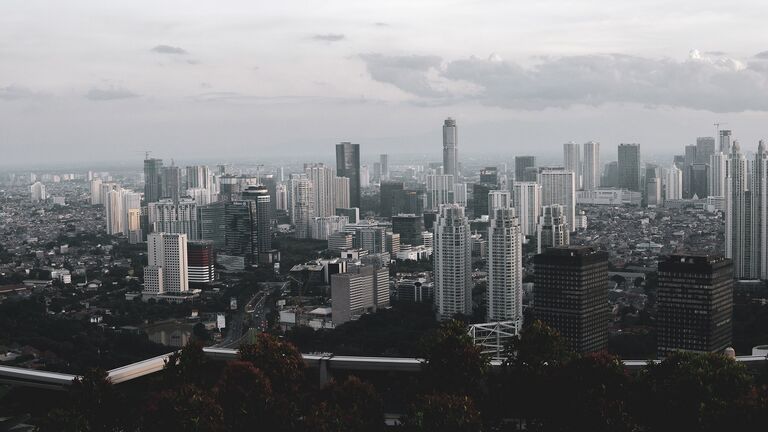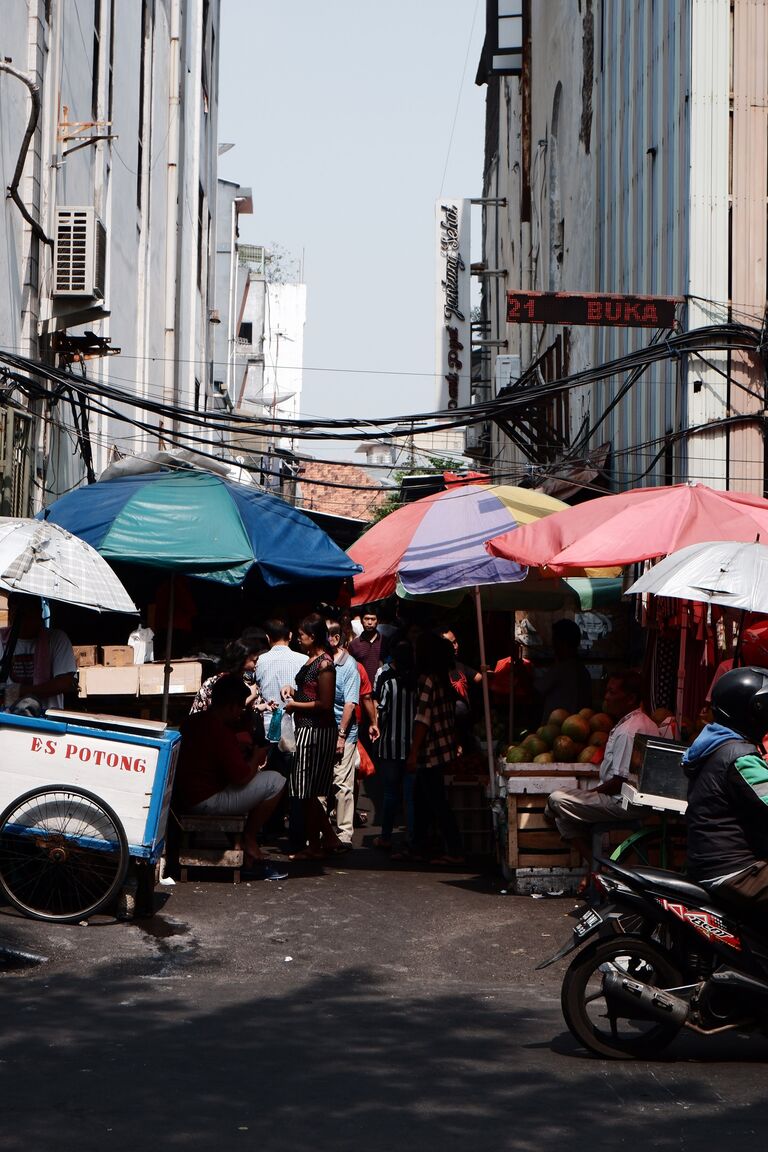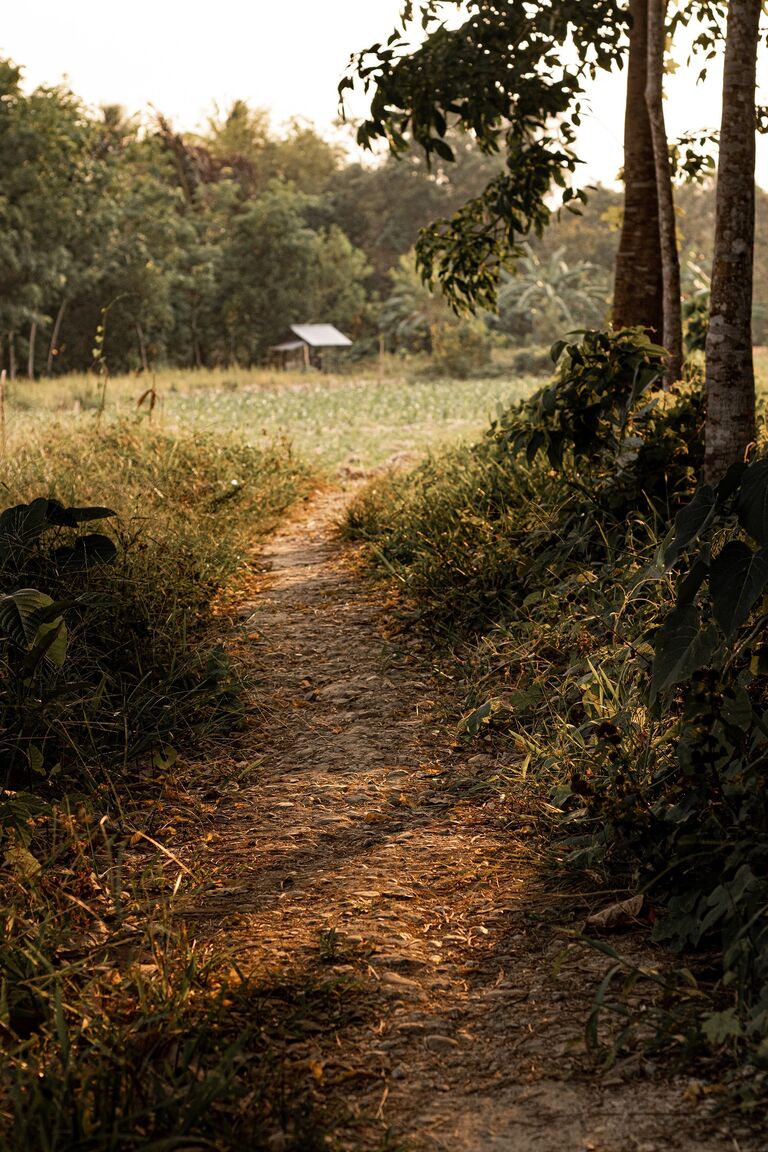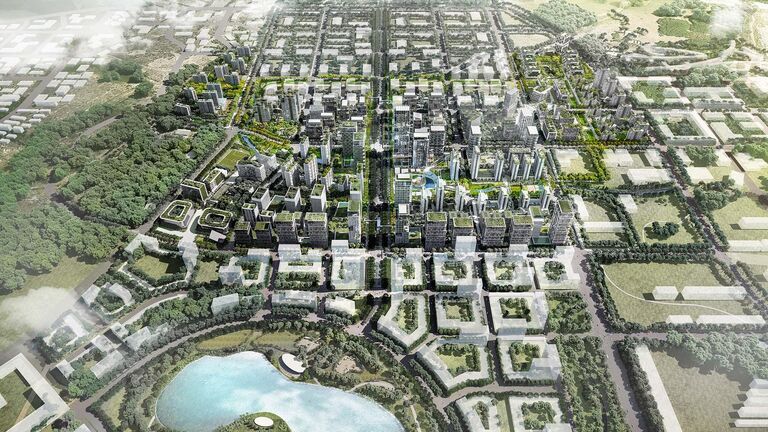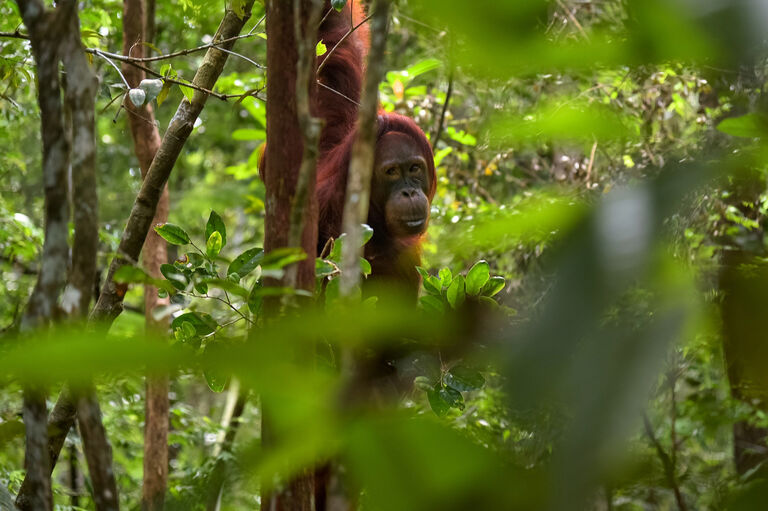The reality is that the days of designing capitals like Neimeyer’s Brasilia or Griffin’s Canberra through a single "architectural" vision are long gone. Instead, the new capital should be planned with people at the core of the process, both in terms of stimulating as wide a conversation as possible about the vision for a new city and then putting them front and centre when it comes to the implementation of the plan.
Historically, we have seen a very top-down approach to planning, but the most successful projects often start at the bottom – involving people in the process creates something much more holistic, authentic and meaningful.
The Indonesian government has stated that the new city will be developed along Smart principles, although the definition of a Smart City varies greatly by geographic location, context and whether it is being delivered in a developing or developed nation.
Smart planning can be focused on ensuring that a city has the right basic infrastructure to support its population through sanitation, transport and jobs or in more advanced urban centres like Singapore it is an exercise that explores what improvements can be made by adding technology to existing infrastructure.
What is important is that the basics of life – access to clean air, water, energy and housing – are in place before the more technologically-focused solutions are implemented. Ultimately, Smart Cities should improve lives.
The three key themes that should define the approach to the East Kalimantan project are environment, connectivity and community, each of which will be important considerations in delivering a new capital that is liveable, economically viable and socially equitable.
The government currently owns 180,000 hectares of land in East Kalimantan, much of which was deforested long ago. Any new city must embrace the opportunity provided by nearby rainforest and look at how to extend green networks and reintroducing ecological habitats within a wider open space strategy. This will be the true essence of the government’s “City in the Forest” aspirations through creating place that responds to its natural context and conditions.
